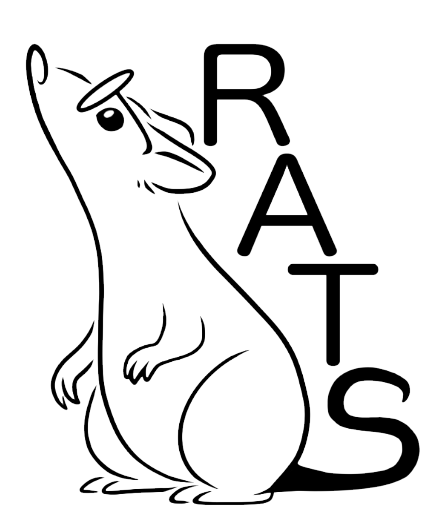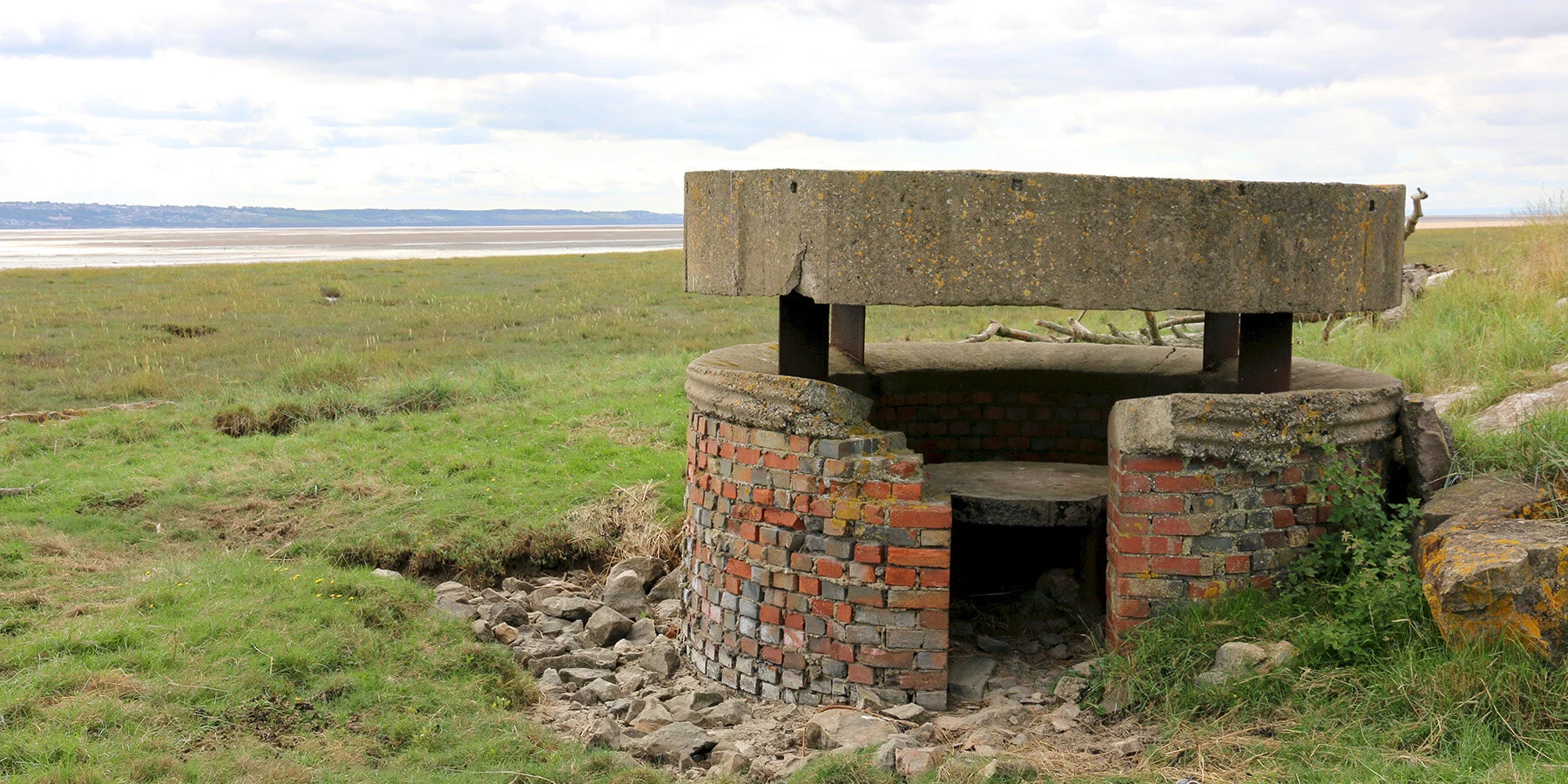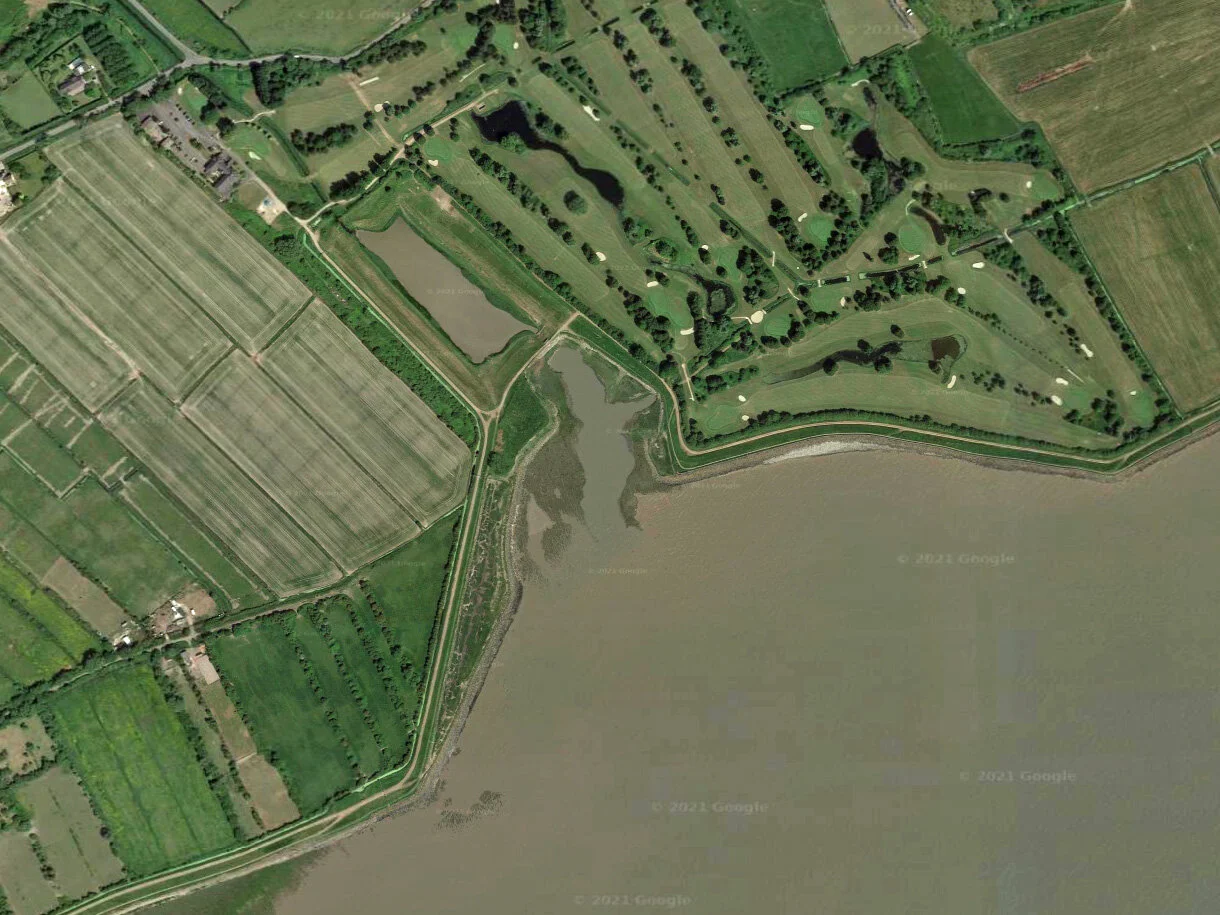History RATS
The Living Levels History RATS (Research and Transcription Service) volunteers explore the story of the Gwent Levels through the records of the Monmouthshire Court of Sewers, newspaper archives, and other historical documents held by Gwent Archives.
The group gets its name from the late Rick Turner, who was instrumental in developing the Living Levels project. He thought that the history group should be called the RATS in recognition of its work using the records of the Monmouthshire Court of Sewers.
The language of those records contain many archaic terms, often unique to land drainage and no longer in use, and can be a challenge to read and understand. Rick started 'Levels Lingo', a glossary of terms that has been further developed by the RATS.
The research undertaken by the RATS forms part of the Recapturing the Historic Landscape project which has several other strands. These include field surveys, archaeological investigations and GIS mapping.
You can read some of their research below:
Parish Portraits
A picture of life during the 1880s within the Gwent Levels area.
Download (PDF 7.5MB)
Monmouthshire Court of Sewers records
The Court of Sewers was a court of record, on a par with Quarter Sessions, and many of its commissioners were also justices of the peace. The work of the court affected almost everyone living on the Levels because tenants and landowners were responsible for repairs and maintenance.
Sewers in this instance are watercourses, either natural or manmade, and Commissioners of Sewers throughout England and Wales held jurisdiction over drainage and sea defence in low-lying coastal lands including the Gwent, Somerset and Gloucestershire Levels beside the Severn Estuary.
The records reveal the impact of tidal and fluvial flooding, the continuity of land tenure, settlement patterns, local government in action, and much, much more.
Court of Sewer records survive from the early-eighteenth-century in Monmouthshire, from the late eighteenth century in Somerset, and from 1583 in Gloucestershire. Presentments and minute books detailing the drainage and transport systems, devices within the watercourses to prevent tidal incursion, and the provision and maintenance of sea walls are a rich resource. Major land and sea floods did not drive our predecessors from the Levels; they were home to generations of families. Their farming methods and settlement patterns reflected that regular winter land floods and tidal inundation were viewed as natural hazards, and the rich alluvium deposited by the tides over the farmland was often welcomed.
Summary of RATS outputs 2019-23 (PDF 150KB)







![Wesleyan Methodist chapel Castleton (Penny Gregson)[2].jpg](https://images.squarespace-cdn.com/content/v1/5a1d5fb38a02c70db7c34f81/fe4960cd-db68-469d-8411-f5e21327e383/Wesleyan+Methodist+chapel+Castleton+%28Penny+Gregson%29%5B2%5D.jpg)








